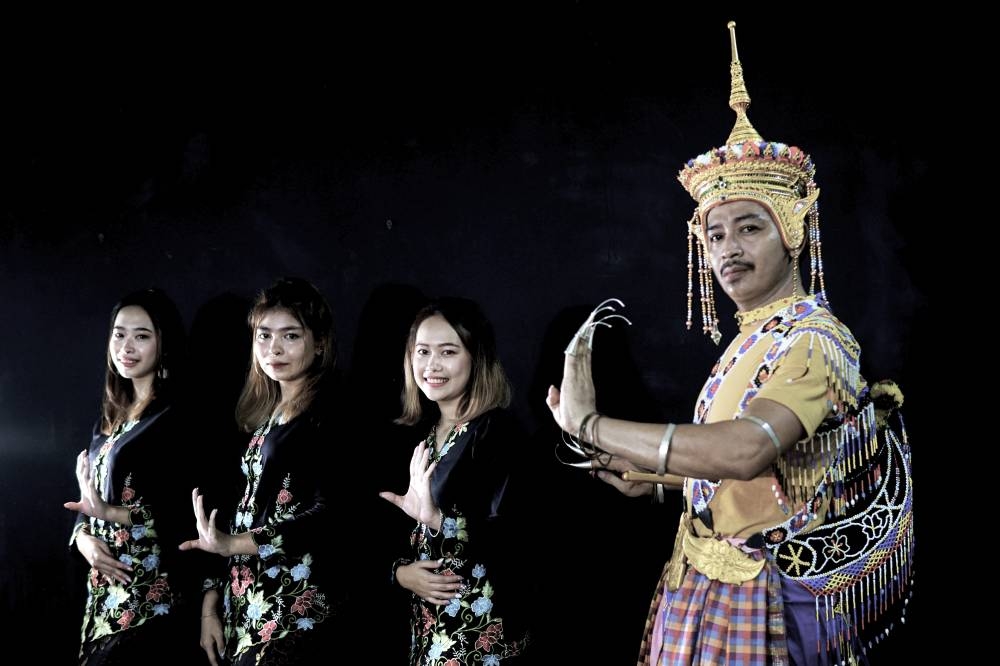PETALING JAYA, Sept 12 — Add some culture to your Malaysia Day celebrations this weekend with two unique performances, Seni Reog and Manora.
The performances will take place at RexKL in Kuala Lumpur on Sept 17 at 8.30pm, as part of the Malam Pusaka di Ruang Kota series.
Organised by Pusaka, the event is supported by the Cultural Economy Development Agency (Cendana), MyCreative Ventures and the National Economic Recovery Programme (Penjana)
The event features performers from the energetic Reog troupe, Kumpulan Sri Wahyuni of Batu Pahat, Johor and one of the last remaining Kelantanese Manora groups, Kumpulan Manora Cit Manit of Pasir Puteh.
Seni Reog is a performance art tradition originating from Ponorogo in East Java, Indonesia, and is still practised by communities of Javenese descent in Johor.
The performance features masked dancers, including jathilan dancers on woven horses, accompanied by a musical ensemble comprising instruments such as the gong, gendang and angklung.
The narrative of the performance is rooted in the legend of King Kelono Sewandono of Ponorogo, as he journeys to seek the hand of Princess of Kediri and battles the ferocious Singa Barong.
Seni Reog’s centrepiece is the Singa Barong mask, which depicts a lion’s head and is decorated with peacock feathers.
At over two metres high and weighing around 50 kilogrammes, the mask requires skill and strength to wear.

Meanwhile, Manora is a folk dance-drama originating from southern Thailand, and is practised by the Thai community in Kelantan, Kedah and Penang.
Traditionally performed during special occasions such as performed by the Buddhist temple ceremonies and weddings, the theatrical dance is named after a Budhhist story about Manora, a heavenly bird-princess who falls in love with the human prince Phra Suthon.
Manora, also known as Nora Chatri, is characterised by backward-bent fingers, outstretched arms as well as sudden gestures to reflect the movements of a mythical bird.
The performance opens with a dance, followed by a dramatic sequence (known as lakon) where various stories are played out by the principal dancer, a pair of clowns and supporting actors.
Kelantan’s version of Manora incorporates Kelantanese music and dialogue in the Kelantanese dialect.
In addition to the performances, Pusaka is also holding workshops on the dances earlier in the day.
Malam Pusaka di Ruang Kota is Pusaka’s series of cultural evenings in Kuala Lumpur featuring performances by masters of living traditions in Malaysia.
The series is supported by a grant from Cendana under the Art In The City Public Art Commissioning Programme 2020.






















